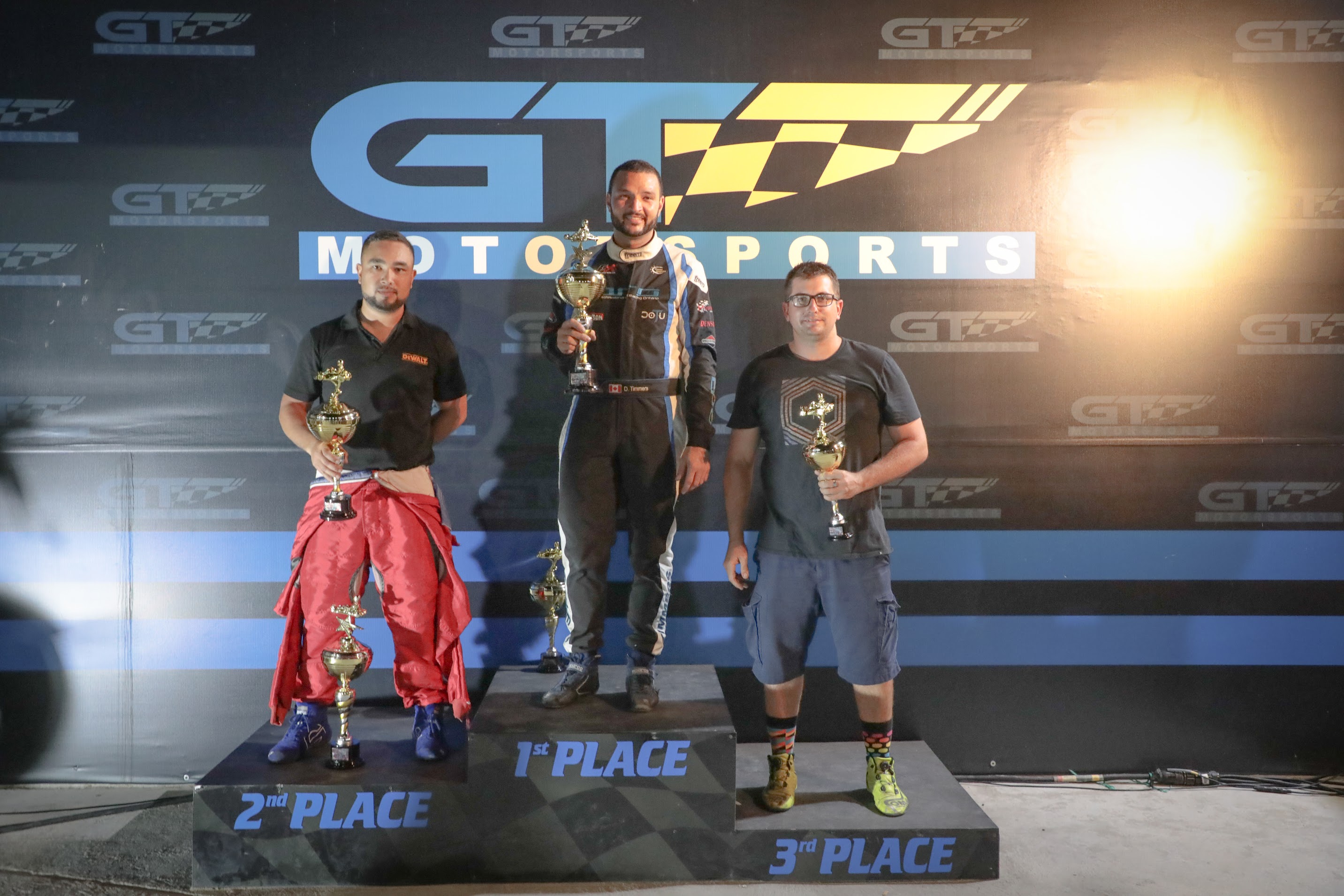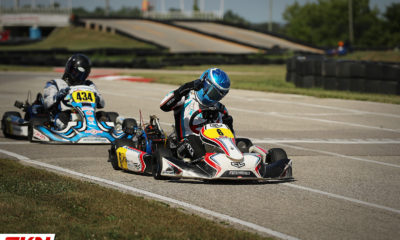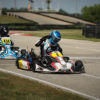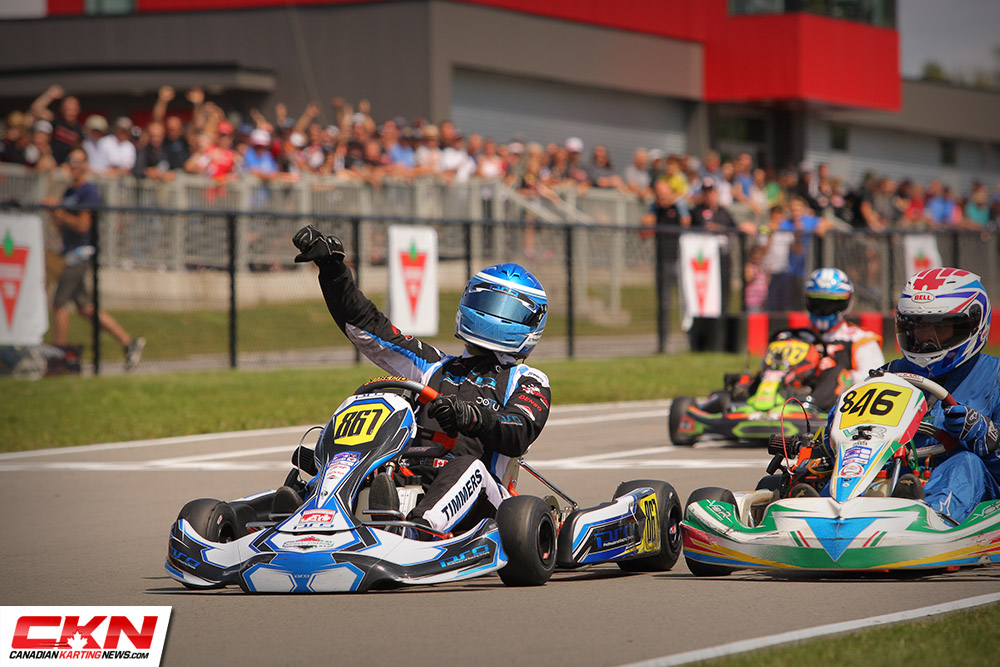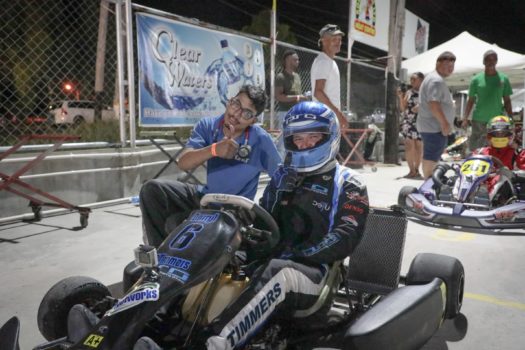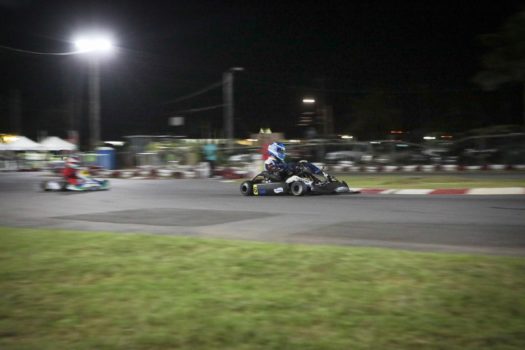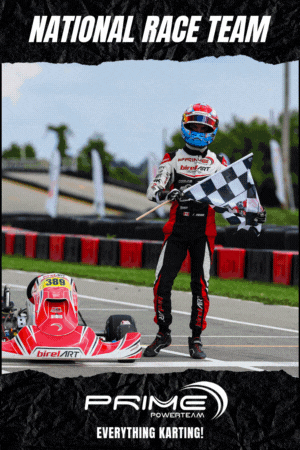Driver Blogs
Darryl Timmers: “Motorsports in Guyana is not just a sport, it’s a culture”
As I sit back and reflect on a great year of racing in Guyana, I can’t help but smile. The only way to describe the experience I had is remarkable. Guyana is still to this day considered a third world country. You can imagine the challenge of competing competitively in our extremely costly sport with next to nothing. They do it for the passion of the sport.
Both of my parents were born and raised in different areas of Guyana. They later met each other, married and started a family in Canada. Both fled separately accompanied by their families in the late 70’s and early 80’s due to the alleged controversial government corruption.
“It felt like I was in the old days when fans climb into trees, on top of buildings and standing on their tailgates.”
I always heard how big racing was in Guyana but because of the experiences they endured when they fled, I was never allowed to go back for fear of my safety. Finally, in recent years the government is improving and safety concerns had lifted. Little did I know in November of 2016, I would be on a plane with my dad to his home country.
I attended the final round of the 2016 Caribbean Motor Racing Championship (CMRC) while I was there. I couldn’t believe how packed the track was. There were close to ten thousand people in attendance. The entire track was lined on both sides with rows of three to four people deep. It felt like I was in the old days when fans climb into trees, on top of buildings and standing on their tailgates. Anything to get a good spot to watch their local hero’s race against the best in the Caribbean. It was a party, people were enjoying drinks, the music was on max constantly. At one point an announcement came from the commentator “Will the people on the inside of turn 2, who are playing the music, can you please turn it down! We can’t hear the announcements.” When the local driver passed for the lead the crowd erupted. Not just cheered, I mean erupted! People were jumping up and down hugging each other and screaming like they won the World Series and the country was the entire team. It was like nothing I had ever experienced.
I met the local kart track owner that day. His name is Vishok Persaud. He had recently bought the old run down kart track. It was very short with one lane. He began to repave and expand it a couple of weeks before I arrived and after seeing how the car events went, I knew I wanted to be a part of helping the sport grow in Guyana. I went to the kart track the next day and helped plan out the curbing and suggested some things I thought would help with the track. Vishok asked if I would come down to the first event and I accepted instantly.
It’s hard to think that was just over a year ago. I have now been back 3 times in 2017. Each time I showed up the track, I had noticed upgrades to the facility. They never seem to stop trying to improve the facility and their events. It may not be a huge facility, but what they’ve put together is truly something great, especially with what they had to work with. GT Motorsport has gone from a 1 lane small track to a fun and very racey track in a year. The first kart was sold in December 2016 and by the final race of 2017, exactly one year later, they had over 40 entries in 6 classes. That’s more entries than some clubs in North America. Pretty incredible considering were in a less fortunate country.
“They had drivers competing from Guyana, Trinidad and Tobago, Barbados, Jamaica and of course the lone Canadian.”
Every race has a minimum of 1000 people in attendance. The locals are lined on the fences around the track facility inside and out. The roads are lined with locals sitting on their cars looking in because some can’t afford the cover the entry. Kids are running up to you asking to take pictures with them. When we showed up to the final showdown, there were billboards around town with the international drivers on it promoting the race to the locals. The event had full live stream coverage with a few different camera views as well as a commentator who walks through the paddock and interviews all the drivers and crew. The atmosphere is like a party, locals cheering, music playing and the whole country coming together to watch their local drivers take on the international competition.
The race events are well planned out. Qualifying is done the night before so they can get the maximum amount of race time for the fans. They have 6 classes that race in 3-night races. Races start around 6:00 pm and usually run between 11:00 to midnight. I know it sounds crazy, but you’re usually on track every hour and a half so it’s worth it. They have a 60cc Cadet Class, Junior and Senior 2-Stroke, Senior Light and Heavy – Honda 4 stroke classes and a Shifter Class. Every class you would need to take all steps in karting.
I competed in the Shifter Class this past November. I haven’t raced a shifter in a while and was definitely out of shape. The first day of testing was more of a fitness test than a chassis test. It took me most of the day to feel comfortable in the kart and my body wasn’t having it. After two days of testing, I was right on pace. I was actually feeling confident with the track layout and chassis set up. I was now looking forward to qualifying. The next day I spent the morning going to the kart and went out for one session to do a shakedown to make sure everything was running as planned. I ended off the night with two 2nd place finishes and a 1st which gave me the weekend Championship. It was a lot of fun racing against the Caribbean’s best.
The thing that surprised me the most at that track is the camaraderie in the paddock. There’s fierce competition on the track but if something happens on-track, all hands are on deck off-track to make sure every kart gets back on track as soon as possible. Regardless of the circumstance; drivers took each other out, the two teams make sure the karts are back to racing condition. Everyone in under one long tent in one part of the paddock. No one is on their own. Everyone can see what everyone else is doing. If you don’t have the tool or the part your neighbour will, and if that fails people will drive to their homes in some instances, to get what you require to make the fix. We had an engine problem, and one of the competitors that we were racing against went home to get his spare motor between races to make sure we made the next session. You don’t see that anymore in our industry up North.
Guyana reminded me a lot of what grassroots racing is really all about. People in our sport get too worked up on trying to win. Whatever happened to helping each other? What happened to races against the best to be the best. Some get so caught up in trying to win that they are willing to sabotage other people in order to win. If you don’t race against the best out there, are you really the best? Similarly, are you really the top of your game if you had to cheat to get the wins or championships? Parent’s, mechanics and drivers forget that cheating or sabotage just makes people believe you won but it doesn’t show people how talented you truly are.
“Motorsports in Guyana is not just a sport, it’s a culture. It’s a way to bring the whole country together on one warm evening every couple of months to cheer on their local drivers. Those drivers are heroes down there. They represent an entire country. They help people forget about their daily problems for the night and celebrate their countries pride as they battle on the track.”
I made a lot of new friends while I was there, some I consider very close friends and I couldn’t be happier with my experience. I want to thank the Jeffrey family for welcoming me into their home and taking me in like one of their own, I wouldn’t be in Guyana without them. I also want to thank Vishok Persaud and eNetworks for investing so much time and effort into GT Motorsports and karting as a whole in Guyana. I am so thankful for the experiences I’ve had in Guyana and excited to continue promoting our sport!



